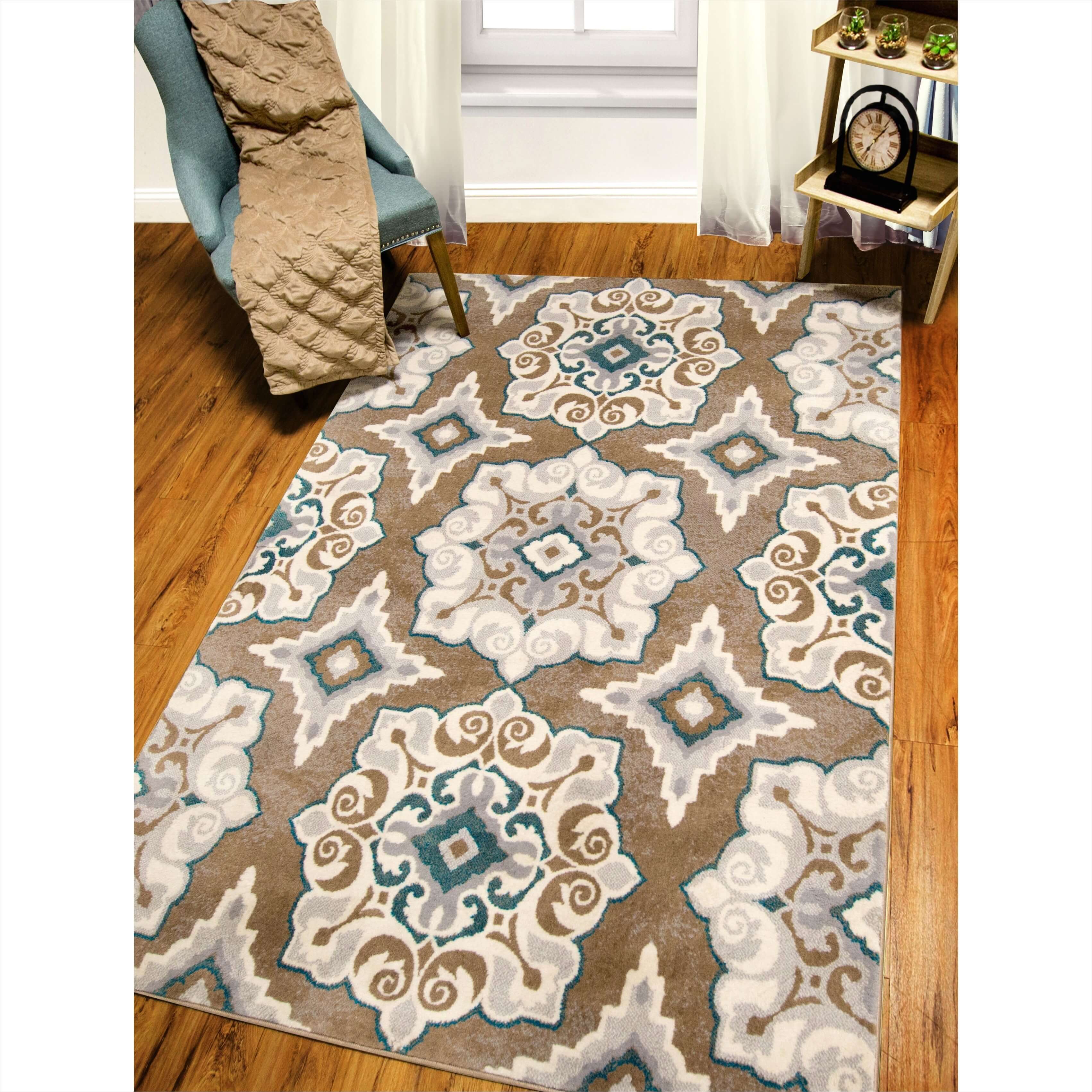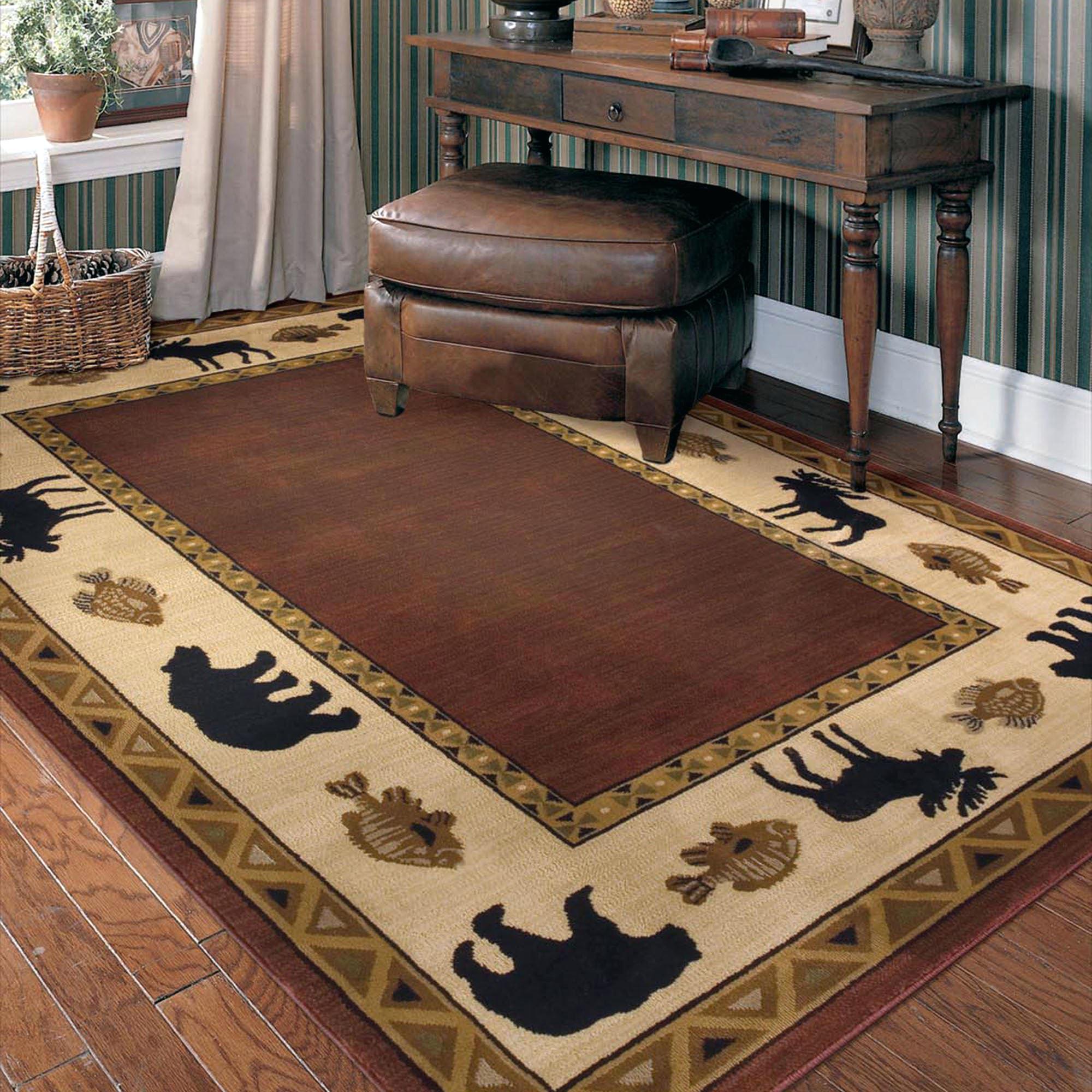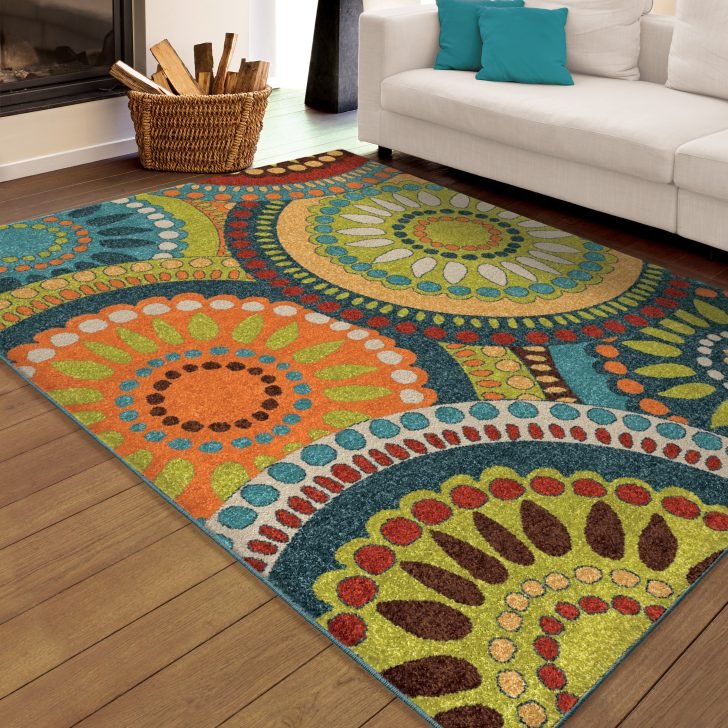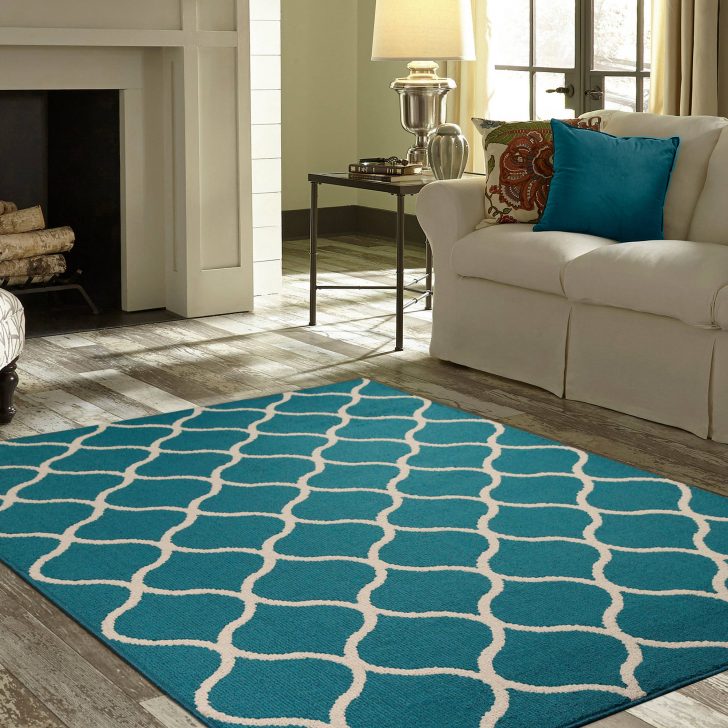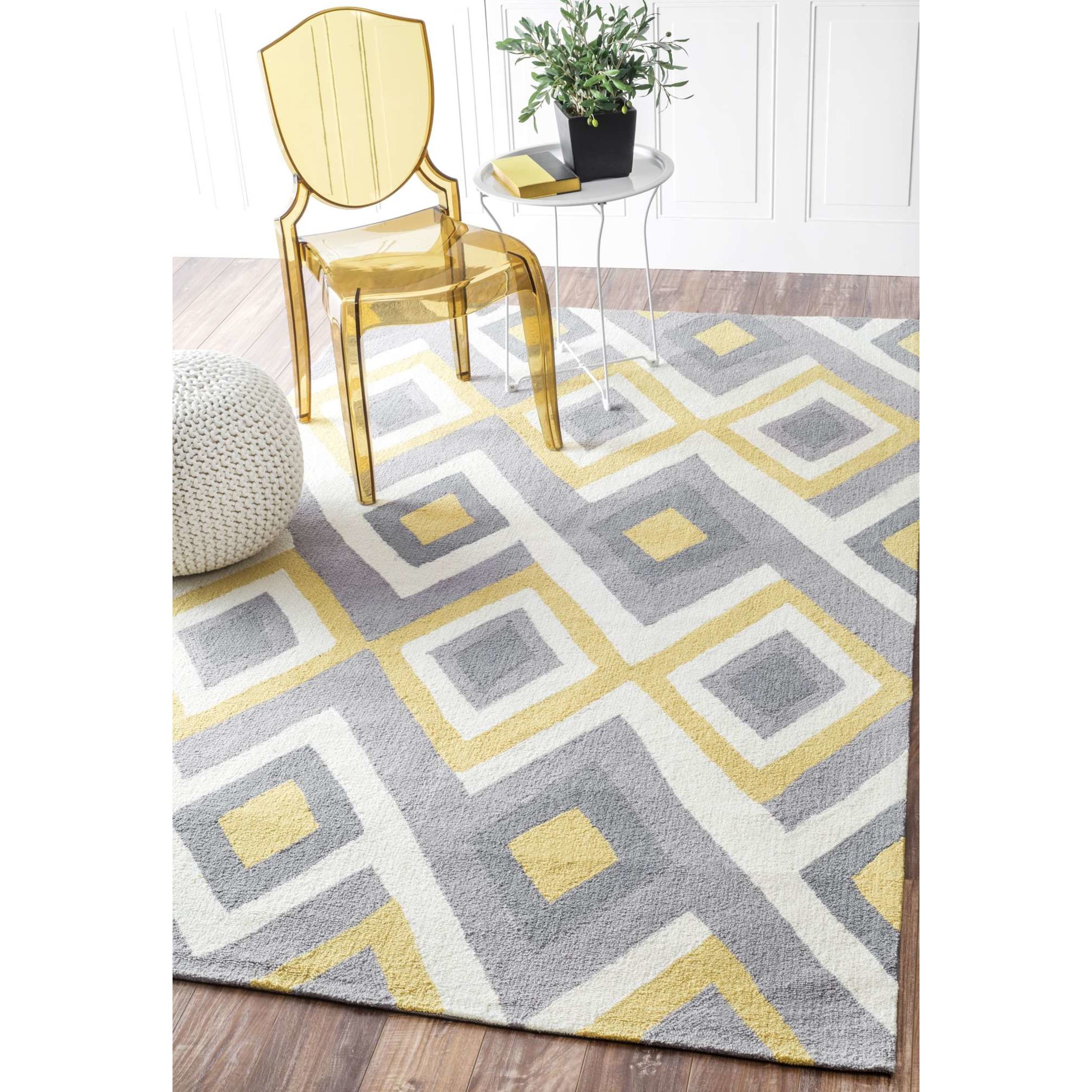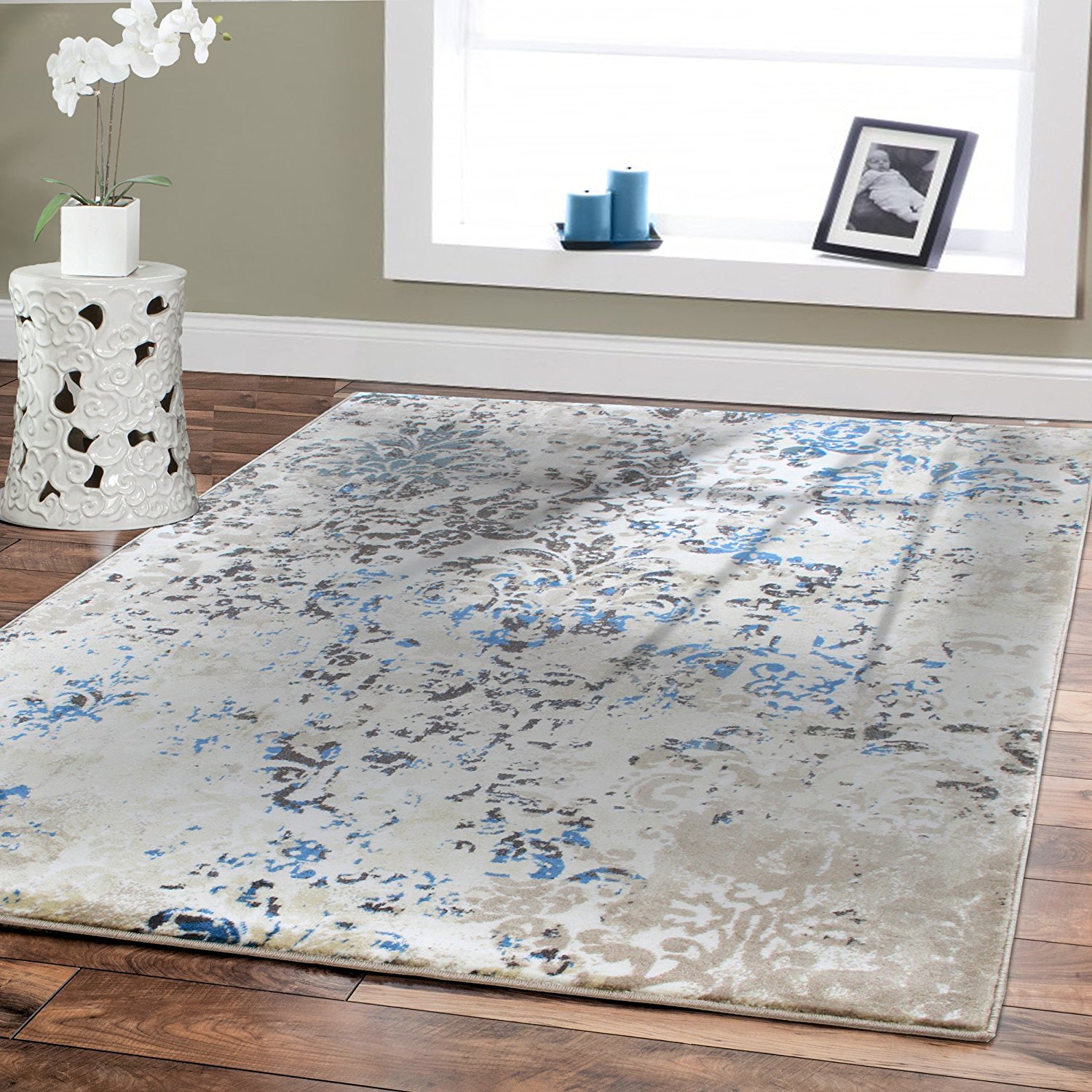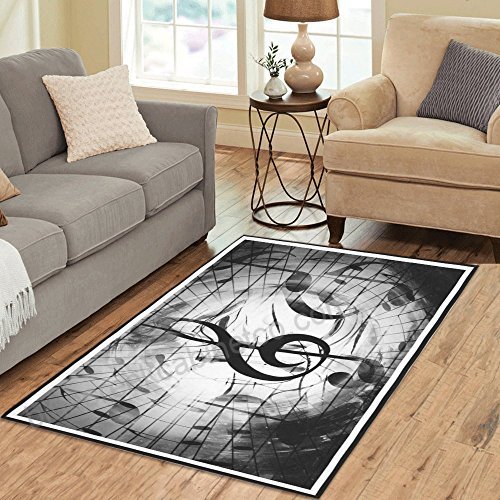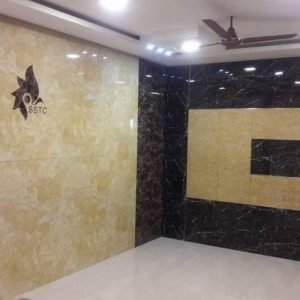Specialization
Whatever you say, we customize for you.
Custom Made Carpets, Hand Made Carpets, Machine Made Carpets, Custom Printed Carpets
We help you customize your carpet with no limitations – beyond imagination.
A carpet with style, blended with emotional design, your choice of material, size, price, shape and time.
We’re proud to be innovators of the highest standard, using cutting-edge technologies to lead the industry forward.
Through meticulous and reliable work, FLOOR DEAL – is committed to providing a variety of quality merchandise for customers.
By using the latest technologies and applying strict quality control procedures, we’ve become known for offering the best products in the industry. Have a creative design or not, get in touch for all your customize carpet requirements.
Process Of Customize Carpet/custom Made Carpet
Carpet-making is one of the oldest known crafts. Its roots lies in the heart of Central Asia, where it developed and flourished before reaching a peak of quality during the 16th and 17th centuries in the court workshops of Safavid Persia. Gradually the demand increased for beautiful rugs and carpets from the West. Today carpet-weaving is big business due to the huge market share world wide.
At FLOOR DEAL , we hold ourselves to the highest standard and believe in full transparency within our team and with our customers. For that reason, our production process includes many rigorous practices and procedures to ensure the end result is the best it can possibly be.
Take a look at the complete process of customize carpet or custom made carpet below.
Raw-material
Sheep to Yarn
Sheep wool is bought from the market, washed thoroughly to remove dust, grease, sweat, dirt etc. The New Zealand Wool is the superior most amongst all origins of wool.
Further the raw wool undergoes spinning process to extract the yarn of variable thickness depending up on the desirable quality of the carpet.
The yarn then undergoes the dyeing process using natural vegetable colours as well as modern dyeing chambers. Post dyeing and drying the yarn is wrapped for stocking thus ready for weaving.
Design and Quality Selection
We have strict standards when it comes to our manufacturing process, and never settle for less. We’re constantly innovating and improving to meet the latest needs of our clients, and do whatever it takes to ensure complete satisfaction.
Design your own carpet or select from our offerings.
Color creates mood as it manipulates size and shape and plays cleverly with light. Therefore choosing the right color for your carpet is very important.
Texture your carpet with rough, smooth, shiny, glossy, silky, embossed, leveled, multilevel, cut-pile, loop pile, woven and so on..
Response to a particular material is related to its touch.
Quality of the carpet is defined by its density, construction, pile weight, total weight and fiber content. The higher the density , the stronger the carpet.
The type of fiber used in a carpet’s pile will often determine and make a rather large impact in a carpet’s aesthetics, cost and durability. Natural Fibers such as wool, viscose, silk and synthetic fibers such as nylon and polypropylene dominate today’s market.
Nylon is the most widely used carpet fiber. Nylon has good resilience, abrasion retention, durability and color retention properties. In addition to showing color brilliantly, this soft, yet incredibly strong fiber, cleans well and is resistant to matting and wear. Nylon is always good for all traffic areas, also withstands the weight and movement of furniture. Nylon has excellent performance attributes in all types of carpet constructions.
Wool carpets have outstanding easy care properties. Flame resistance, stain resistance and resilience are characteristics inherent of wool and are achievable by chemical treatments.
WOOL is NATURALLY FLAME RETARDANT
The high moisture content of wool fibers, along with its protein constituents, provides wool carpets with excellent natural flame resistance. A non-allergenic fiber, wool will not support combustion, is difficult to ignite and is self-extinguishable.
WOOL is NATURALLY STAIN RESISTANT
The surface of a wool fiber is covered by a thin protective membrane which allows wool the ability to shed water. This membrane prevents water from readily penetrating the individual wool fibers. When you consider that 80% of carpet stains are water-based, you begin to realize how important this property is and how much natural protection is built into a wool carpet.
WOOL is NATURALLY WEAR RESISTANT
Each wool fiber has a three-dimensional spiraling crimp, which gives it natural elasticity. This elasticity means that a wool fiber can stretch up to 30% more than its original length and then bounce back — like a miniature spring.
WOOL is ANTIBACTERIAL
Wool is a non-allergenic fiber and does not promote the growth of bacteria or dust mites, or give off chemical emissions.
Polypropylene is a strong synthetic fiber that resists wear and permanent stains, resists static electricity, can be easily cleaned and is resistant to moisture and mildew. Polypropylene performs best when heat-set and used in a dense construction. Heat-setting is a process that sets the twist by heat or steam, enabling yarns to hold their twist over time, thus increasing the overall performance and appearance retention of the carpet.
Viscose is made from natural materials and offers excellent hygienic properties, which are especially important to products made for popular use. Designed to emulate silk, this value-oriented fiber offers a luxurious appearance that is only matched by its soft and comfortable touch. Strong and durable, viscose’s abrasion resistant surface generates low levels of static electricity and is resistant to heat and insects making it the ideal choice for your floors.
TYPES OF CARPET
Carpets are constructed in several different ways, and from a variety of fibers. Understanding the strengths and differences of each will help you make the right choices for your lifestyle and budget.
LOOP PILE:
Here loops are the same height, creating an informal look. This style generally lasts a long time in high-traffic areas. Many of today’s popular Berber styles are level loop styles with flecks of a darker color on a lighter background.
MULTI-LEVEL LOOP:
This style usually has two to three different loop heights to create pattern effects, providing good durability and a more casual look.
CUT AND LOOP:
This carpet style combines cut and looped yarns. It provides a variety of surface textures, including sculptured effects of squares, chevrons and swirls. The multi-color effects hide soils and stains.
FLAT WOVEN:
Weaving in which no knots are used. The weft strands are simply passed through the warp strands. Flat woven carpets provide good durability and a casual appearance.
CUT-PILE:
Still one of today’s most popular constructions, cut-pile achieves its durability through the type of fiber used, density of tufts and the amount of twist in the yarn. Highly twisted yarn will hold its shape longer, making it a smart choice for high-traffic areas.
TEXTURED PLUSH:
Most decoratively versatile. Textured surfaces help hide footprints and vacuum marks. Also adds casual beauty to any room. Preferred style for busy households.
Saxony : Refined surface, works well with traditional interiors.
Frieze : Forms a Curly textured surface as the yarns are extremely twisted. Has an informal look. Helps minimize footprints and vacuum marks.
Plush : Has a dense luxurious feel, shows footprints and vacuum marks easily.



